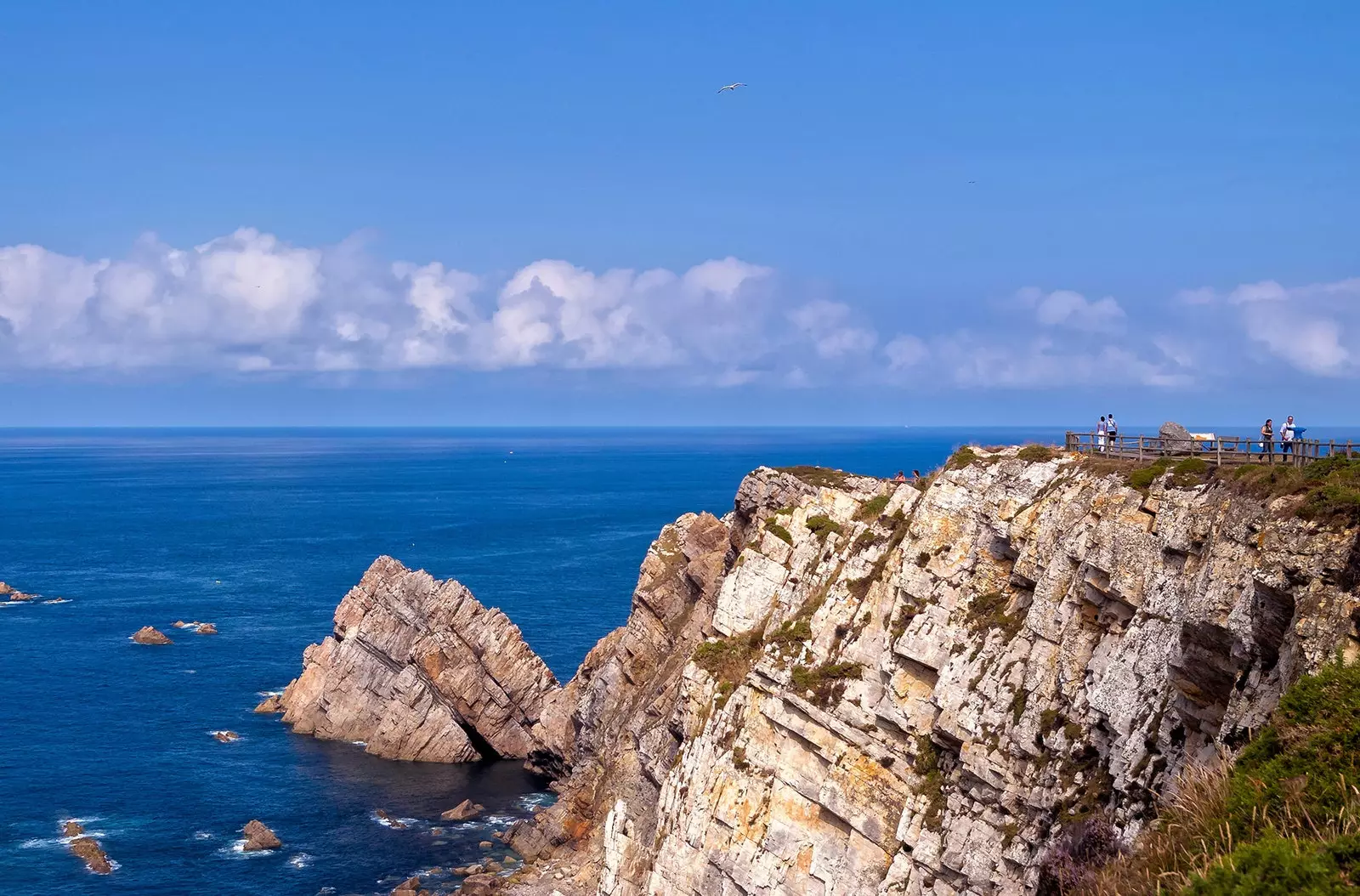
A journey through secondary roads to discover a land embraced by the sea
We traveled from ** Gijón ** to Aviles , crossing its coast and the viewpoints that surround both councils. A succession of infinite beaches and magical forests , dotted with pre-Romanesque chapels, hórreos, modernist buildings and avant-garde art that we can discover from exciting roads.
This area of Asturias is being reborn after the industrial dismantling that it suffered during the second part of the 20th century, and, although many Asturians have to continue emigrating to look for the fabes, something has begun to change and it shows.
The disappearance of factories and shipyards has made it possible to recover large spaces that have been urbanized, reconquering part of the splendor they had more than a century ago. The sea has regained its urban prominence and, behind it, the exuberant Asturian mountains paint the landscape in all shades of green.
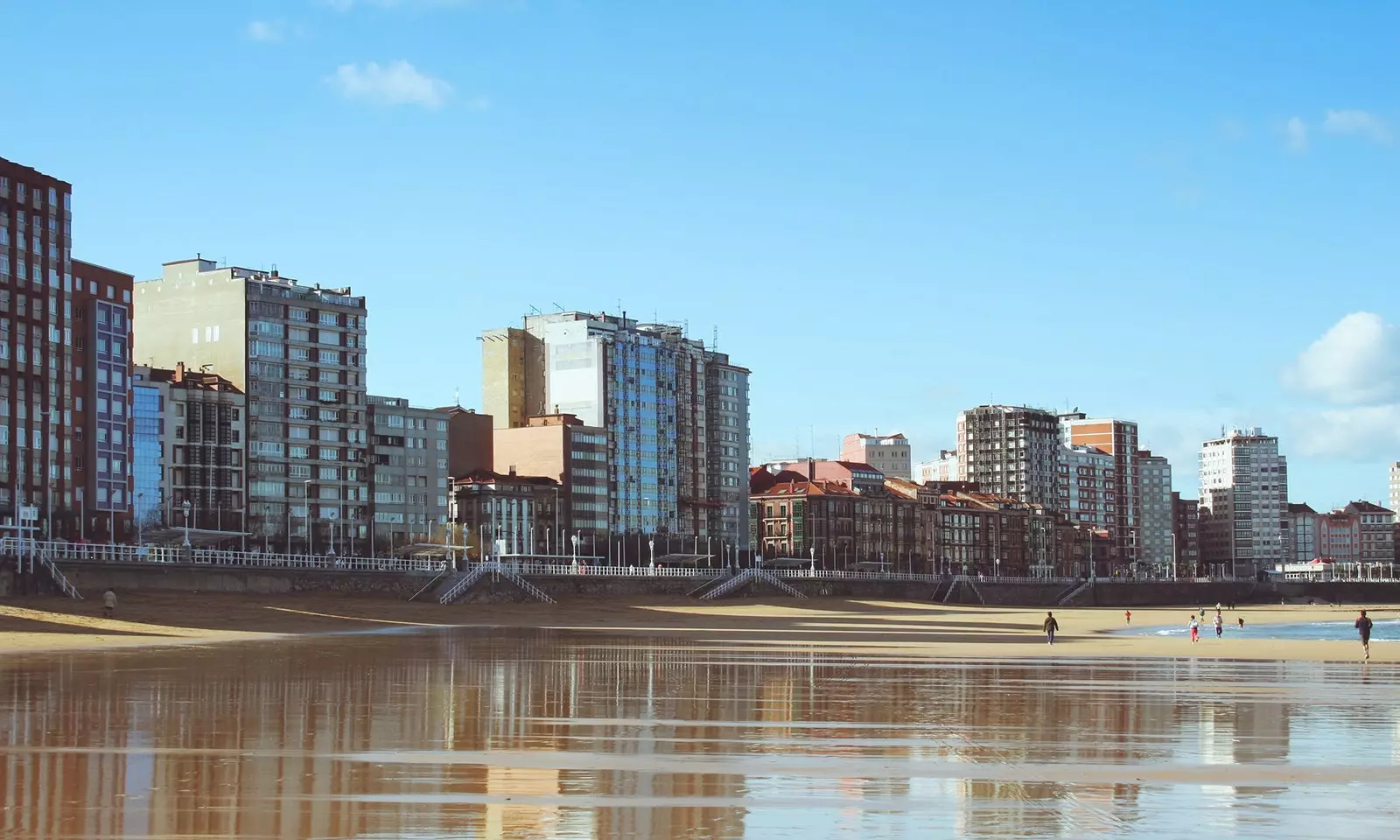
Gijón, our base camp
SURROUNDED BY SEA
This is a perfect destination for a weekend or bridge. Asturias is well connected with the center and east of the Peninsula, Curiously, the pending works are those that bring it closer to neighboring Galicia.
We take Gijón as a base and, as soon as we arrive, we leave the car in a car park and go for a walk to San Lorenzo beach an urban sandbank of almost three kilometers that has its emblem in La Escalerona, built in the 30s of the 20th century to allow access to the arena for visitors who were already beginning to arrive at that time.
Gijón is a city that invites you to stroll, enjoy and eat. To the left of the beach, Campo Valdés begins and ends at Cimadevilla , the old fishing district.
Cimadevilla, a peninsula surrounded by the sea, It has been the heart of Gijón since Roman times. The door of the neighborhood is the Iglesia Mayor de San Pedro, the most emblematic and where all its inhabitants want to get married. Today there is a wedding and the pipers wait for the bride and groom to leave, because in Asturias bagpipes and cider are present at all parties.
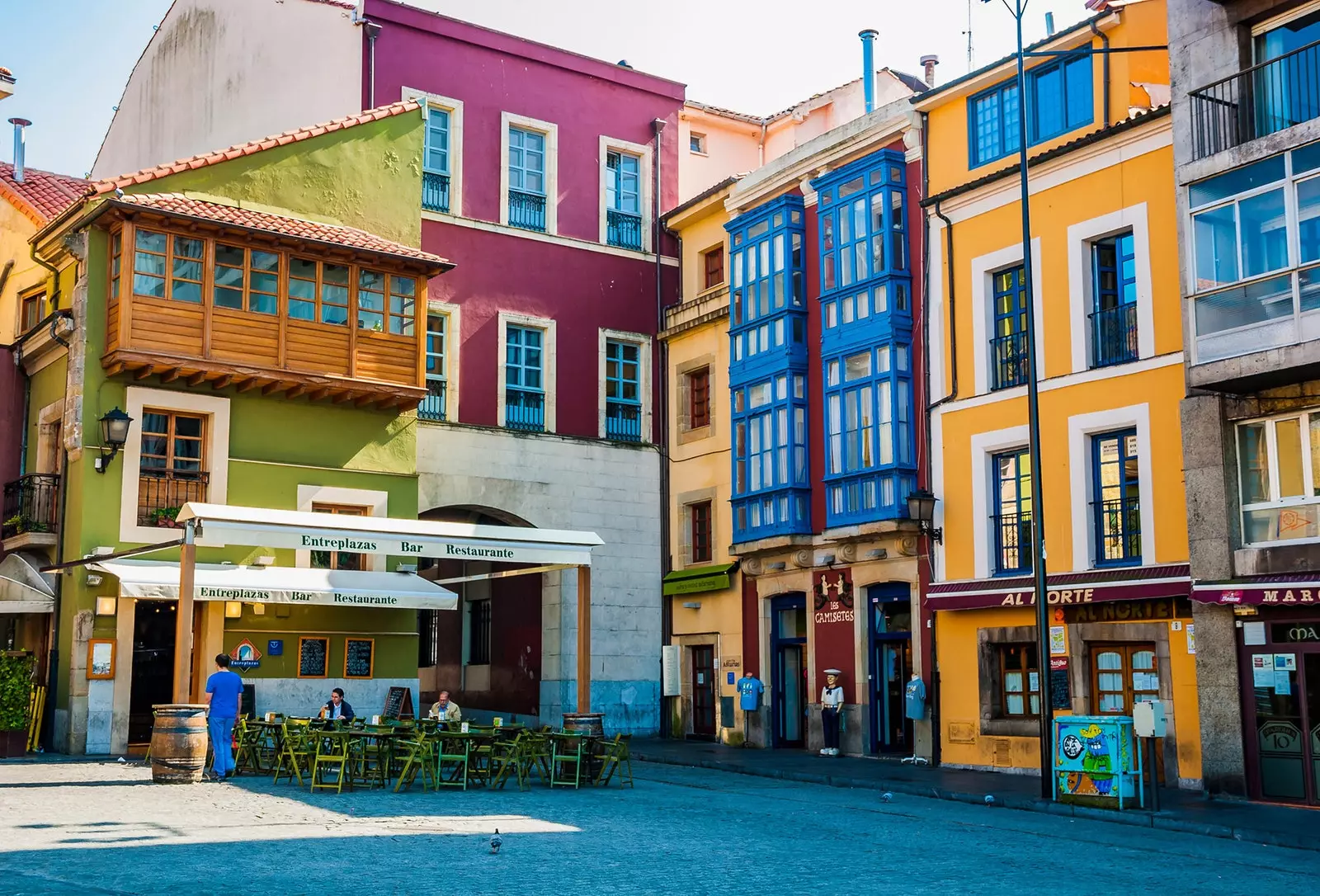
Cimadevilla and its colorful houses
AN OUTDOOR MUSEUM
The entire north of Cimadevilla, overlooking the sea, is the spectacular park of La Atalaya . At its highest point, the Santa Catalina hill, we find Elogio del Horizonte (1990), a gigantic sculpture by Chillida ; and to the west Northeast, by Joquin Vaquero , a tribute to the wind that cleans the sky of clouds in summer.
Gijón has become in recent decades an open-air museum. Joaquín Rubio Camín, Miquel Navarro, Miguel Ángel Lombardía, Alejandro Mieres or Pepe Noja They have decorated the squares, streets and parks of the city to surprise the walker or decorate nature.
Fernando Alba installed in Mayán de Tierra four steel doors with holes, about five meters high, which mark the cardinal points and they create a curious show of light and shadows when the sun goes down.
The old fishing port was the destination of the Cantabrian whalers in the 18th century and Tránsito de las Ballenas street recalls that trade, although today it is an elegant marina, and the old Rula (fish market), an exhibition hall. The port of El Musel, in the background, was where the industrial development of this region began in the 19th century.
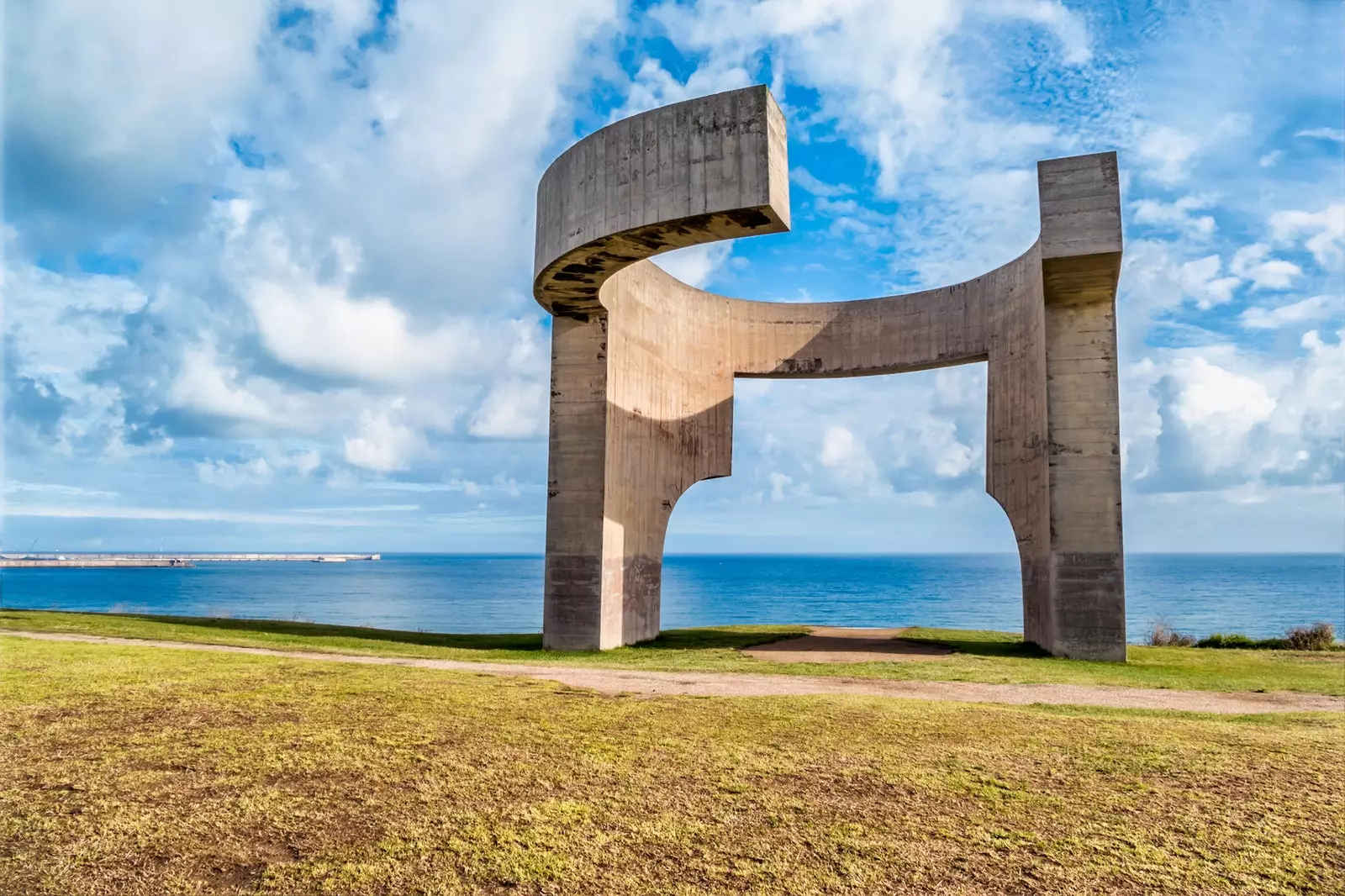
In Praise of the Horizon, by Eduardo Chillida
When we finish surrounding the Cimadevilla peninsula, **in the Plaza del Marqués we are greeted by a sculpture of Don Pelayo (the first Asturian king)** who looks out to sea holding up the cross that many centuries later one of his descendants made famous in the Formula 1 circuits around the world.
The commercial and financial center of Gijón is full of modernist style buildings, with clear Art Nouveau elements, built at the beginning of the 20th century by the wealthy local bourgeoisie, who brought architects from Barcelona to build their houses for them.
GASTRONOMIC VOCABULARY
The walk whets the appetite and it's time to eat. In Gijón gastronomy never disappoints, you just have to learn the vocabulary to understand the letter. Andaricas (nécoras), llampares (limpets), oricios (sea urchins), parrochas (little sardines) or pixín (monkfish) are the names of some emblematic products.
Asturian gastronomy has made essential contributions to world cuisine such as the fabada, the Cabrales cheese or the rice pudding. The basis is the high quality of the products of the land, the fish and shellfish from the Bay of Biscay, the Asturian 'red' meat, the products from the garden and the essential cider, present in all the bars. The fish stews are the master touch and the local reference.
CAPE OF ROCKS
Well fed and rested, we hit the road early to explore the jagged coast of Gijón heading west to Cudillero.
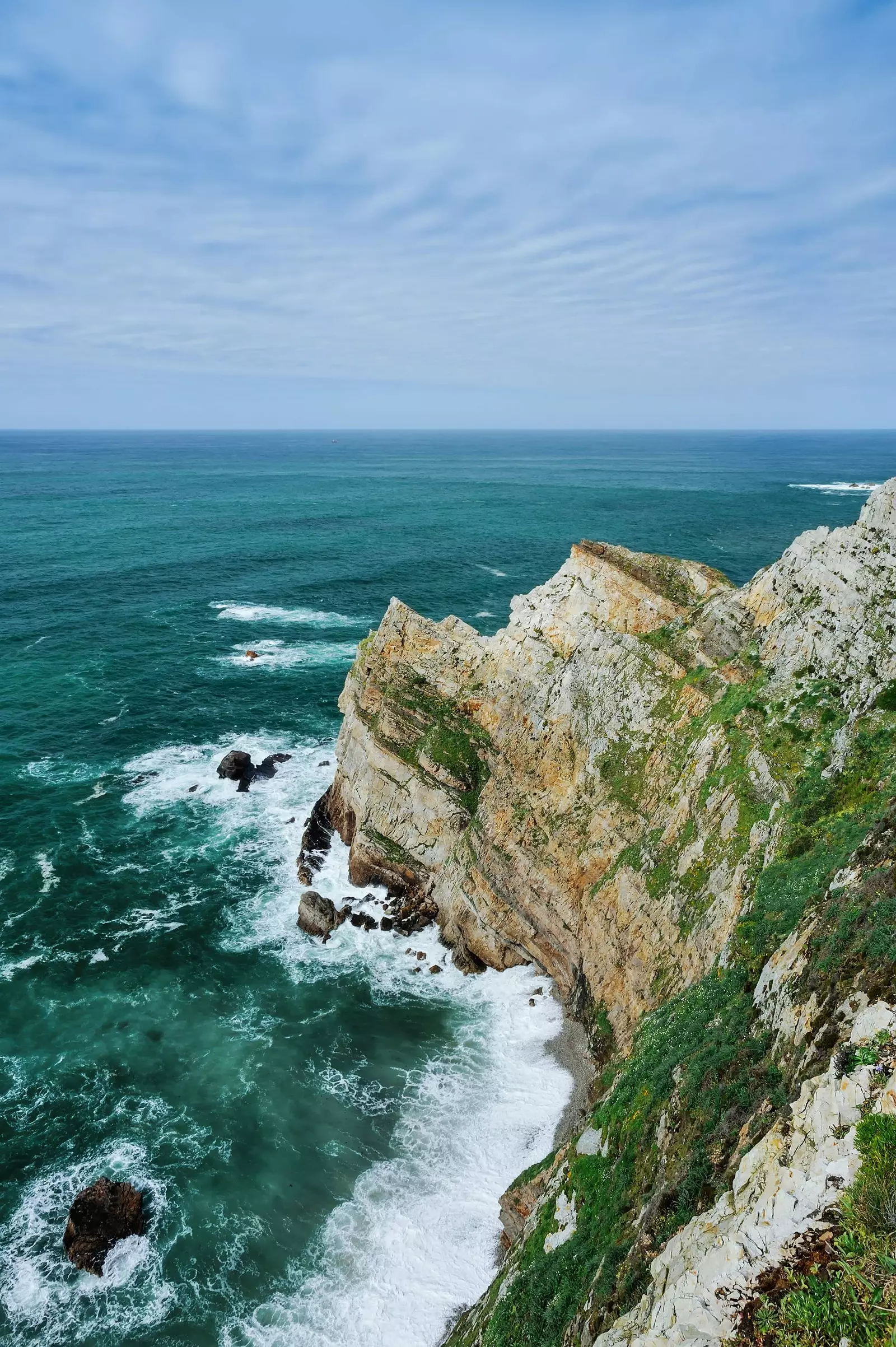
Cape of Penas
The places we want to visit can be reached by highway but we have opted for the secondary roads that will allow us to approach the sea and see the remains of the past. A route of about 78 km in which we almost always have the sea in sight, as if it were a gallery over the Bay of Biscay.
We headed north on the AS-118 through the towns of Candás and Luanco. The road, with smooth curves and a good surface, it allows us to see the towers of abandoned mines or marine engines half submerged in the sea, while the sun rises.
Arriving at Viodo we turn north to see Cape Peñas. It's only two kilometers but it's worth it because at this point, which evokes cans of mussels and cockles, the views are spectacular. There is a wooden boardwalk on the edge of the cliff that you can walk through.
EN ROUTE TO AVILÉS
From Viodo our route heads south along the AS-328 bordering the estuary to the bottom, where Avilés awaits us.
The town, which was one of the main industrial centers of the 20th century, he experienced the reconversion with enormous hardness.
The old town, declared a Historic-Artistic Site, has recovered much of its old splendor through renovations. The most unique architectural element are the arcades They serve to shelter from the usual rains.
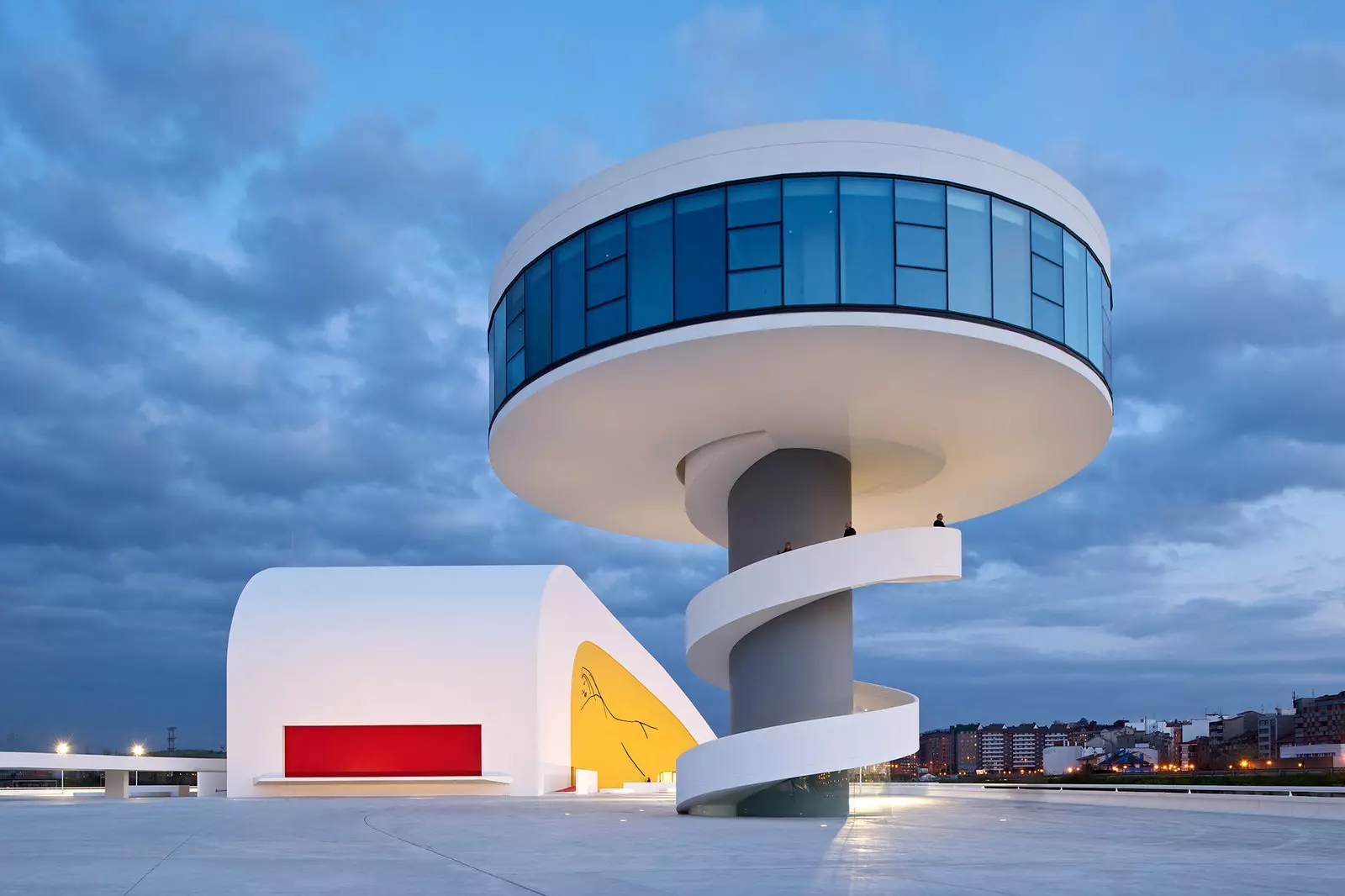
Niemeyer Center, in Aviles
The city is full of emblematic buildings, such as Ferrera Palace, now converted into a luxury hotel with an elegant garden, or the Palacio Valdés Theater from 1920. Armando Palacio Valdés wrote in Avilés some of the best sellers of the late nineteenth and early twentieth centuries, a kind of romantic soap opera, now a bit archaic.
Who radically changed the appearance of this city in 2011 was Brazilian architect Oscar Niemeyer with the cultural center that bears his name. This is the only work in Spain by the architect from Brasilia, Pritzker Prize winner and Prince of Asturias in 1989. In fact, it was a gift to Asturias from the architect, who considered it his best work in Europe.
INDIANS AND SURFING
Following the coastline we reach the Salinas beach , one of the main tourist centers in Asturias and a paradise for surfers throughout the year.
From the beach, by N-632 We head west, crossing the Nalón River and arriving at Somado (Somao, as the locals call it). In this part of the route we are surrounded by the typical Asturian forest, carbayos, chestnut trees, ferns, laurels, gorse but also reforestation eucalyptus.
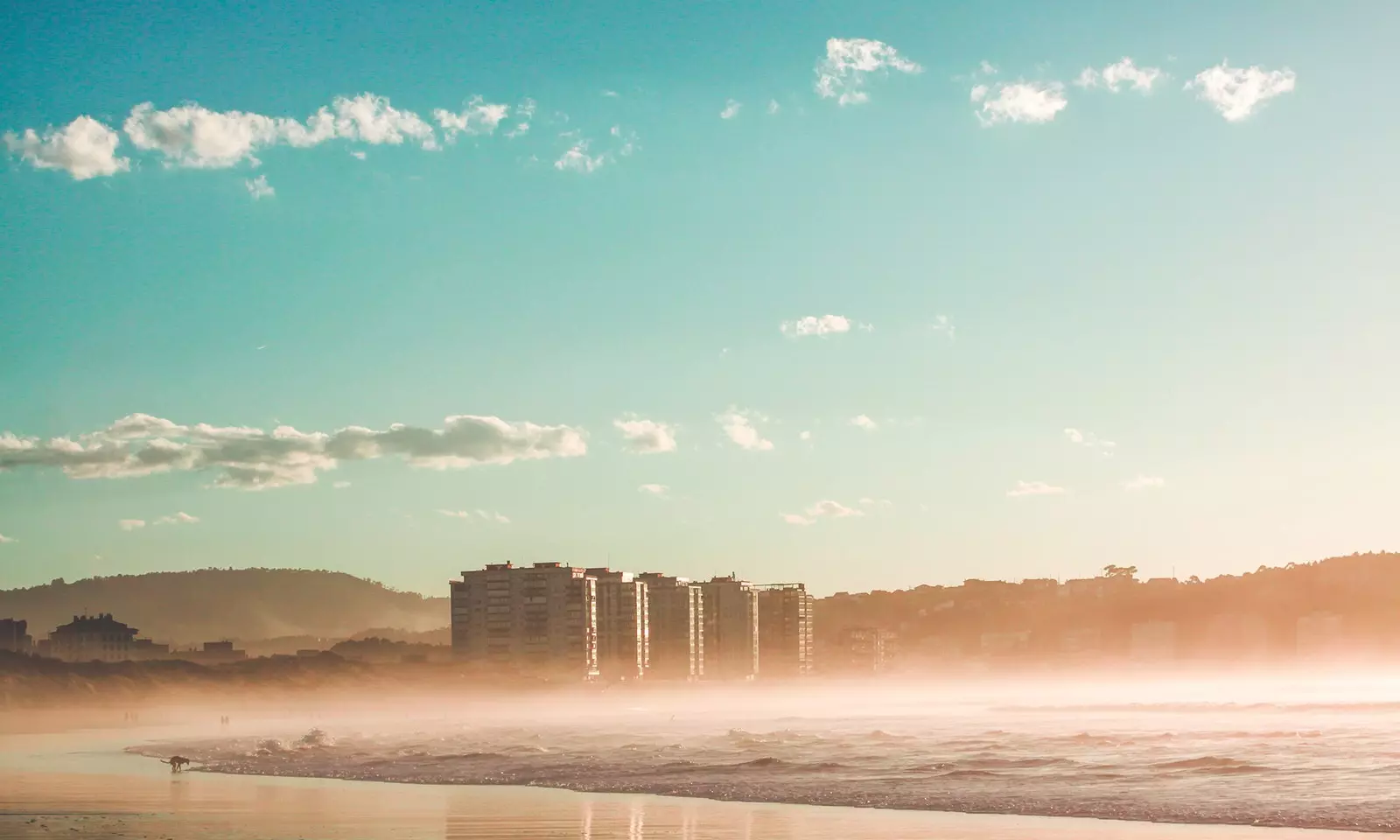
Salinas Beach
The stop in Somao aims to see the striking architecture of the town, where the typical Asturian rural houses rub shoulders with striking modernist-style mansions. They were built around 1900 with the fortunes brought by the neighbors who had emigrated to Cuba and were made, according to the fashion of the moment, in a modernist style, with galleries, stained glass windows and elegant gardens in which palm trees could not be missing. It's like traveling back in time or immersing yourself in a movie.
From Somao we return to the N-632 to reach ** Cudillero , a small and charming town,** with a port so tiny and well cared for that it seems almost like a fairy tale. The only problem is that some days there are too many people for the size of the town. Perhaps for this reason, to protect themselves from invasions, its inhabitants, the pixuetos have their own language, impossible to understand by outsiders.
From Cudillero we return to Gijón by A8 motorway that allows us to do the 58 km distance in just over half an hour and contemplate a succession of docks and factories, the industrial version of the region.
BLACK TERRITORY
Gijon is land of literature and black novel. Every year, in June or July and since 1988 in full industrial reconversion, Black Week is celebrated an initiative of the writer Paco Ignacio Taibo II, centered on the crime literature and that has been extended to comics and historical and fantastic novels.
It is not uncommon to find interesting authors on this earth, such as Xuan Xose Sanchez Vicente what in under the viaduct account of the collapse of the naval sector during the years of the Transition. The tunnel , by local writer David Barreiro, focuses on the 1990s.
In addition, this trip can be used to review a novel by Palacio Valdés and see how the world has changed in just over a century. For example, reading Sister Saint Sulpice, The Lost Village, Pastoral Symphony, or The Government of Women.
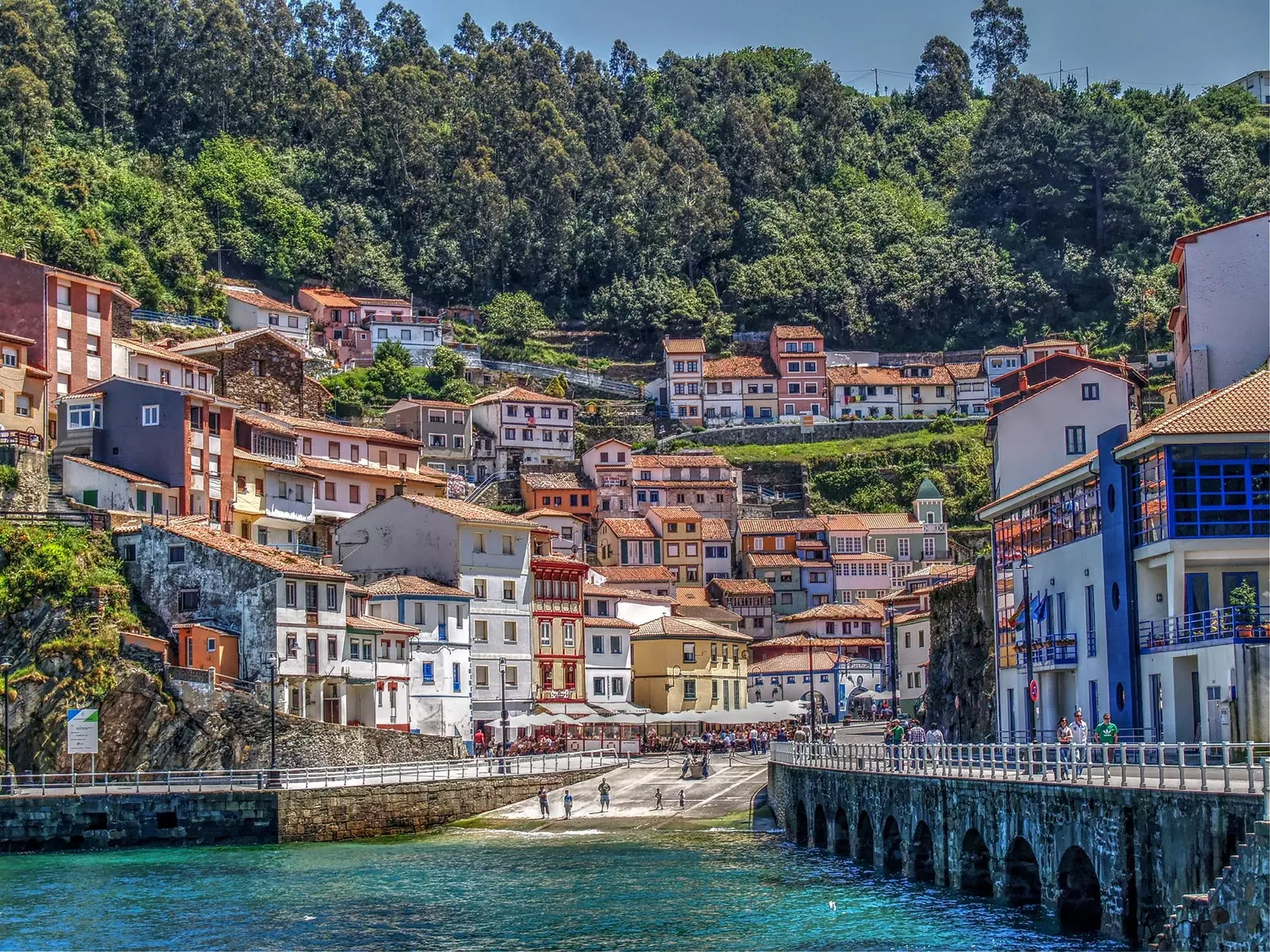
Cudillero
